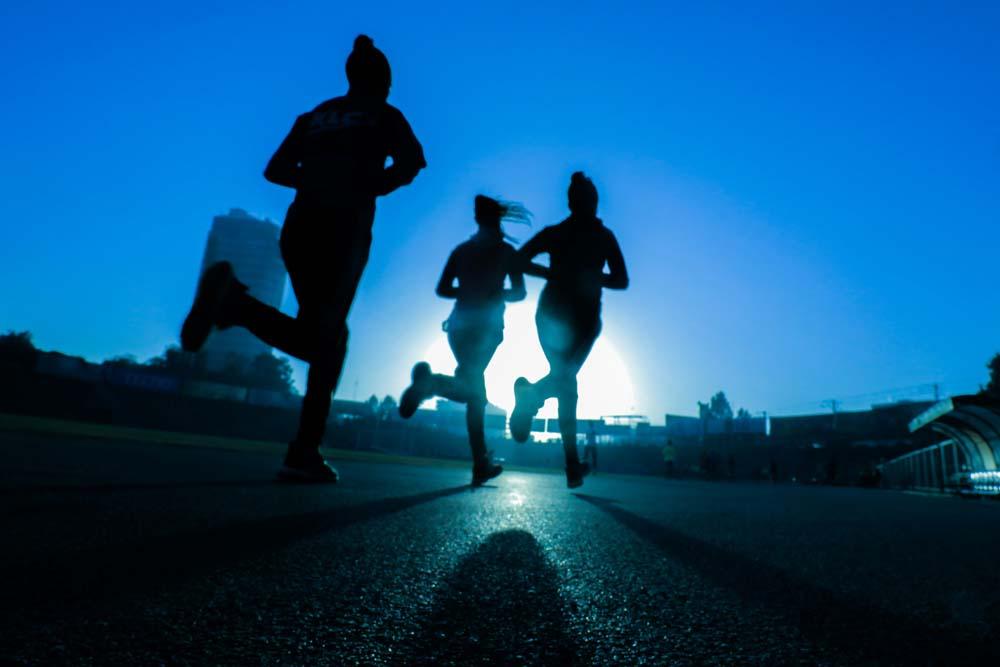Just Earth News | @justearthnews | 01 May 2024, 04:24 am Print
 Optimal Health
Optimal Health Photo Courtesy: Unsplash
New research has unveiled the right balance of sitting, standing, sleeping and being active in a day to live an optimal life.
An international team has analysed over 2,000 people’s behaviours within a 24-hour day to determine the optimal amount of time we should spend sitting, sleeping, standing and being physically active within a 24-hour period for optimal health.
According to the new research from Swinburne University of Technology and the Baker Heart and Diabetes Institute, the ideal daily balance is associated with
Six hours of sitting
Five hours and 10 minutes of standing
Eight hours and 20 minutes of sleeping
Two hours and 10 minutes of light-intensity physical activity
Two hours and 10 minutes of moderate-to-vigorous intensity physical activity.
While light-intensity physical activity could range from chores to making dinner, moderate-to-vigorous physical activity involves more intentional movement such as a brisk walk or gymworkout.
Christian Brakenridge from Swinburne’s Centre for Urban Transitions led the international team and says that these measures are a ‘goldilocks zone’ that strike a balance between various health outcomes.
“For different health markers, from waist circumference to fasting glucose, there would be different levels for each behaviour. This breakdown encompasses a wide range of health markers and converges on the 24hours associated with overall optimal health," Christian Brakenridge told IBNS in an e-mail statement.
For example, the research findings suggest that replacing time spent sitting with greater time in physical activity, especially light-intensity physical activity, was associated with more beneficial blood glucose measures in those with type 2 diabetes than those without.
Brakenridge says that his research could be used by the Federal Government when they release their new activity guidelines, which currently only include wide parameters around exercise and intensity.
While many guidelines do not consider how different behaviours overlaps and interact, Brakenridge’s research acknowledges the nuances of how one activity impacts the rest of the day.
“Sleeping may be detrimental to healthif it replaces exercise time, but beneficialif it replaces sedentary behaviour. This is why we need integrated guidelines considering the full spectrum of human behaviour,” he says.
“People may advocate for more time exercising, though it’s not feasible to have 10 hours of exercise and zero hours of sedentary behaviour – the time use has to be realistic and balanced.”
“Of course, moving as much as you can is always encouraged when so much of life requires us to be sitting in front of screens. Shorter sitting time and more time spent standing, undergoing physical activity and sleeping give great boosts to our cardiometabolic health.”
“It’s also important to acknowledge that this data is a recommendation for an able adult. We all have different considerations, and above all, movement should be fun.”
Are Indians active?
As per a research conducted in 2014 by Indian Council of Medical Research-India Diabetes (ICMR-INDIAB), 54.4 per cent of Indians were inactive.
The study found physical inactivity was significantly more common in urban areas of the country compared to rural areas
"The study shows that a large percentage of people in India are inactive with fewer than 10% engaging in recreational physical activity. Therefore, urgent steps need to be initiated to promote physical activity to stem the twin epidemics of diabetes and obesity in India," the study said.
- Rubella eliminated as a public health problem in Nepal, declares WHO
- Scientists discover new ways to predict course of chronic kidney disease
- New study finds drinking coffee at night increases impulsive behaviour
- Aiming for 7,000 daily steps can reduce risk of chronic diseases, cognitive decline, and death: Study
- Scientists develop new mRNA vaccine to combat cancer






